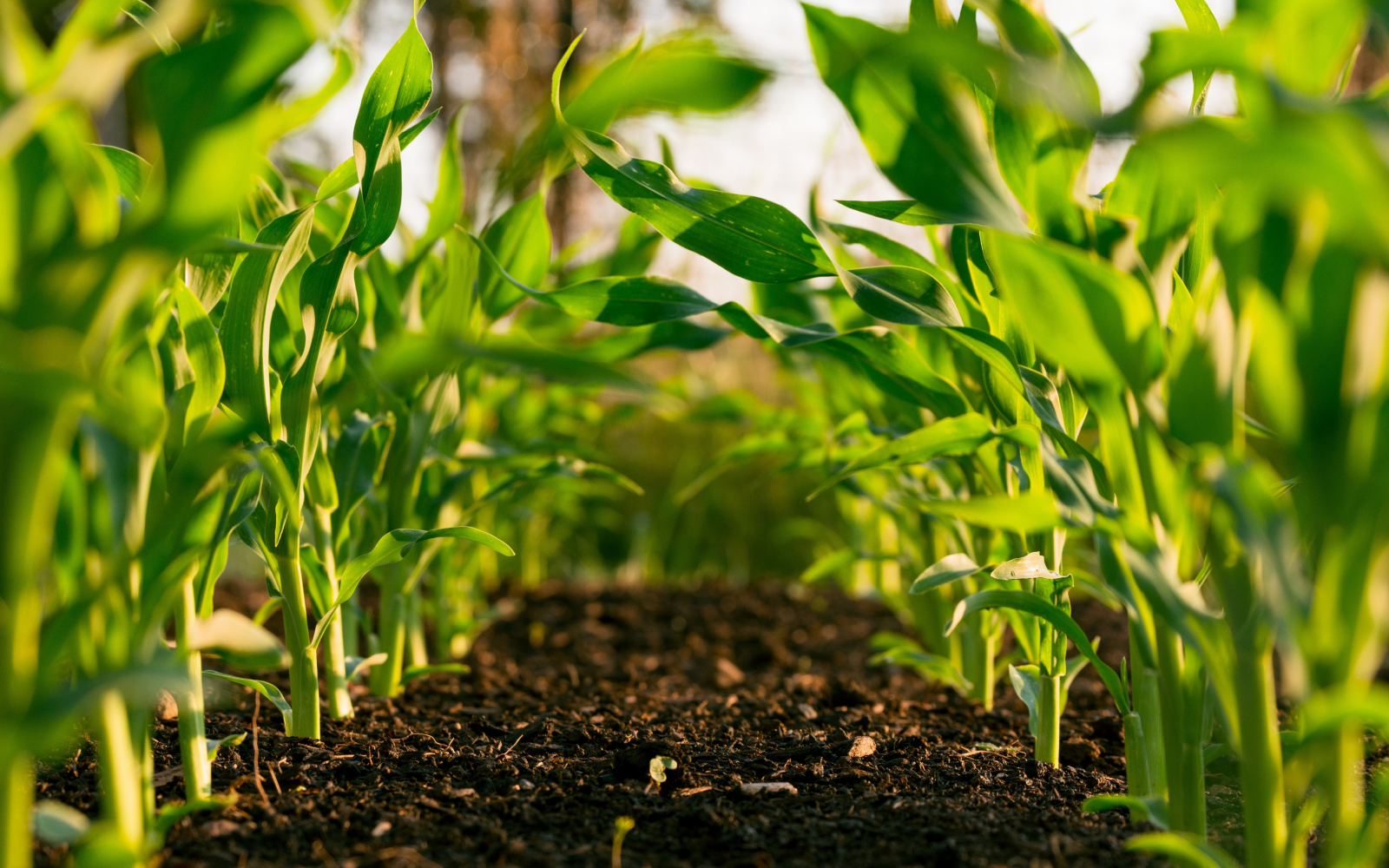Measuring impact holistically.
To achieve our goals, it’s crucial that we holistically measure and understand our impact.

Life Cycle Assessment (LCA) has become the default tool to quantify the impact of a product. The LCA process involves calculating various impact categories from raw material extraction to the time a finished product leaves the production door.
This is referred to as “Cradle-to-Gate.” (There are other boundaries, such as Cradle-to-Cradle or Gate-to-Gate, but Cradle-to-Gate is the most common.)
Because MIRUM® is the most commercialized and scaled of our materials, this is where we have begun our LCA work. In 2021 and 2022, together with environmental consulting partner Anthesis, we conducted our first LCA focused specifically on black MIRUM(R) with an organic cotton backer, which is one of our best selling materials.
The results showed that MIRUM®’s current carbon footprint is less than 5kg Co2e / kg of MIRUM®. That is 30-40% of synthetic leather and 5% of conventional leather based on work from the UN Industrial Development Organization. We also measured impact categories like acidification, eutrophication, and water use, again from Cradle-to-Gate.
Building on this initial assessment, we are continually updating MIRUM®’s carbon number as additional capacity comes online in Peoria. The roll-to-roll line increases MIRUM® production capacity from hundreds of thousands to tens of millions of square feet per year. Because of this major change, which includes new manufacturing processes, we are currently updating MIRUM®’s LCA in partnership with JBE consultants. In 2024 we will complete another third-party verified LCA that calculates our impact using Ecoinvent IPCC - 2021 categories, which include GWP (carbon emissions), acidification & eutrophication potential, land use, water use, and primary energy demand.
Preliminary findings from the LCA model on scaled production are very promising, indicating that the MIRUM(R) footprint remains as low as before. More to come on the new LCA. Stay tuned!
LCA numbers are frequently used to draw apples-to-apples comparisons for different materials or products. (We did that just 3 paragraphs ago!) It’s common because people understandably want to use data to drive decision making and to understand environmental impacts in context.
But varying boundary conditions and assumptions for different LCAs means that, while LCA comparisons are directionally useful, we shouldn’t be overly confident in them.
For instance, we contend that plastics’ carbon numbers are artificially low due to poor data around fossil fuel extraction emissions (e.g., methane flares). Additionally, LCAs don’t account for carbon sequestered during the growth of biobased inputs (e.g., soil carbon sequestration). This inflates the calculated carbon footprint of biobased materials.
Further tools designed to enable comparisons across different material LCAs, such as Higg MSI, keep key data hidden as trade secrets and exclude end-of-life impacts. This fails to account for the environmental harm of leachable toxins and microplastic contamination.
Rather, LCAs are best suited for identifying
and improving hot spots in a product’s environmental footprint. For instance, our first MIRUM® LCA showed us that the fabric backer was one of biggest contributors to its emissions, which helped spark our work to develop a supply chain for a Climate Beneficial™ cotton backer through C4.
End-of-life is a particularly important area of focus for us that is excluded from LCA models. It’s why “End Well” is one of our Ground Rules™. And it’s why we’ve done extensive testing to understand how our materials break down in different environments and to proactively create a pathway for our cuttings, scrap, and processing ingredients to return to the Earth. Let’s go there next.